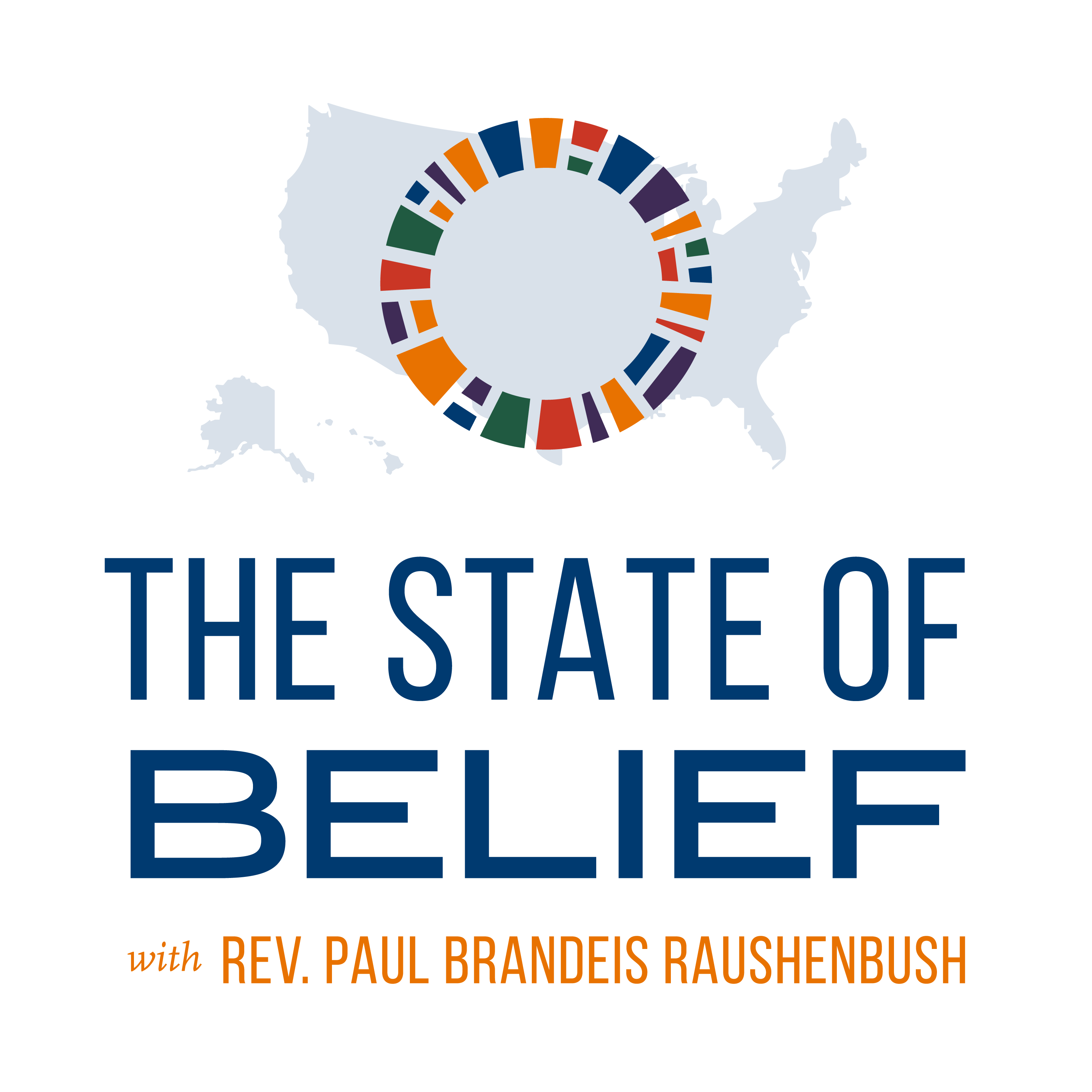 Blog post courtesy of Interfaith Alliance’s Public Policy Manager, Arielle Gingold
Blog post courtesy of Interfaith Alliance’s Public Policy Manager, Arielle Gingold
This morning, before the sun was up, I joined scores of tourists, activists, and concerned citizens in line outside the Supreme Court to hear first hand the oral arguments in Salazar v. Buono, aka the Mojave Desert Cross case. I must say, walking up those grand front steps, through the regal colonnaded front doors, into that hallowed chamber, and sitting before nine of the greatest intellectuals of our time is truly a remarkable experience.
The case is making the headlines around the country and Interfaith Alliance joined the Baptist Joint Committee in filing an amicus brief in favor of the Respondent, Mr. Buono. There are a number of complex legal issues in this case, which the justices made clear in their questioning this morning but what we are most focused on here is the issue at the heart of this case: the Establishment Clause challenge. SCOTUSBlog has a great analysis of the issues in the case and how they were discussed this morning, but in short, the case on its merits is about:
· Whether the government alleviates the constitutional issue by transferring that area of land to a private entity and if not;
· Whether the act of Congress “interfered with the achievement of a complete remedy” for the constitutional question and continues “to endorse the Christian symbol through Congress’s designation of it as a national memorial.”
In their through and occasionally heated questioning of Solicitor General Elena Kagan and Peter Eliasberg, managing attorney for the ACLU Foundation of Southern California (representing Frank Buono), a few interesting points were raised.
Justice Ginsburg noted that of the 45 existing national memorials (e.g. the Washington Monument and Mount Rushmore) the Mojave cross would be the first and only to be a religious symbol. Mr. Eliasberg also noted that it is not in the same vein as religious symbols memorializing soldiers at Arlington (for there are a variety of symbols and religions represented not just one), nor in the category of the statue memorializing Father Marquette in Michigan who holds a cross in his hand (for that cross is a part of who he was and the statue has a secular historic purpose). Justice Ginsburg also drew a distinction between the cross and hypothetically designating The Old North Church (of “one if by land, two if by sea” fame) as a national memorial because of the clear historic purpose it served.
I must say that I enjoyed being able to experience first hand Justice Scalia’s infamous musings on Establishment Clause. If you ask him, a cross honors all those who died at war, not just Christians, though as Mr. Eliasberg noted, he’s “been in Jewish cemeteries [and] there is never a cross on a tombstone of a Jew.” There’s a reason soldiers’ families are given a slew of religious symbols from which to choose for tombstones. Justice Scalia also said he does not believe, “that every time the government allows any religious symbol to be erected, it has to allow all religious symbols to be erected at the same place.” It seems to me, however, that allowing only one religious symbol on a piece of government property would be a blatant establishment, if you will, of that religion over another.
If you’re interested in witty and enlightened repartee about the implications a 6-foot cross in the middle Mojave Desert can have on the separation of church and state, I encourage you to read through the oral arguments. And of course, stay tuned to our blog for updates on the case and the Court’s eventual decision.




[…] – actually, very, very dark and early, we met Arielle Gingold (former RAC staffer who also blogged about her experience) to wait in the already growing line of eager court groupies. If you have ever camped out to get […]